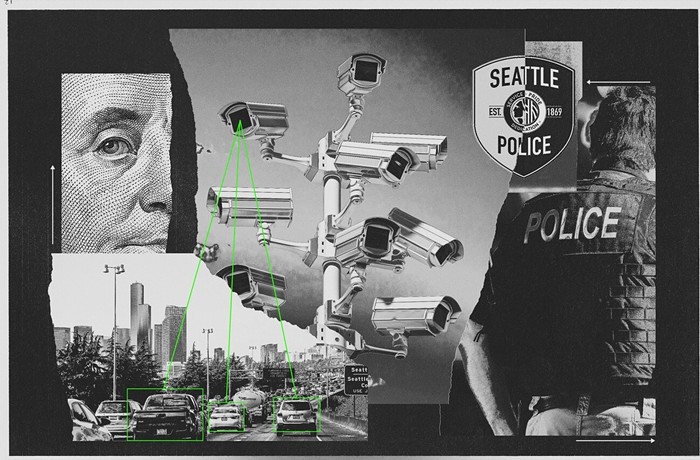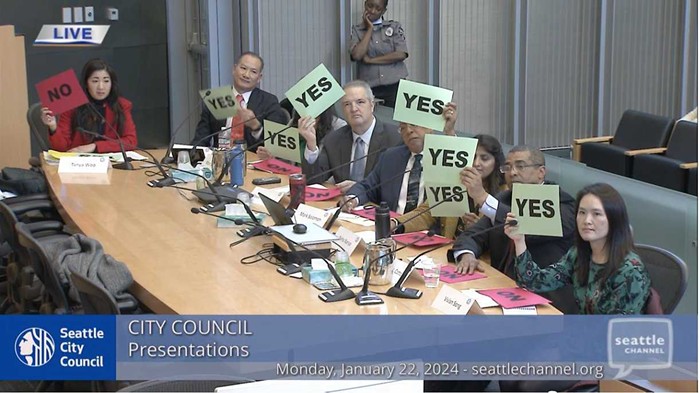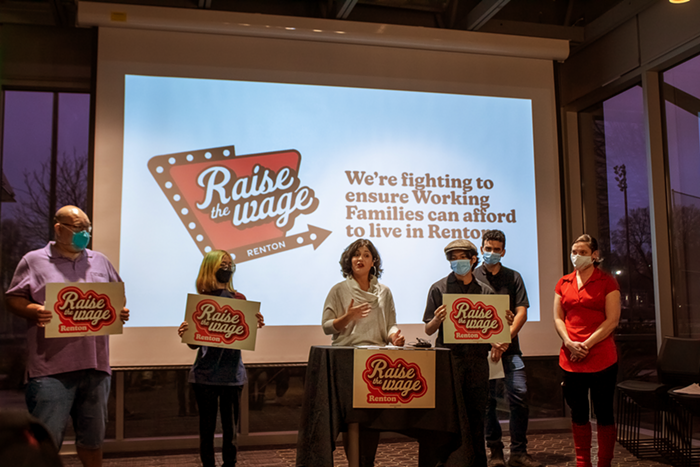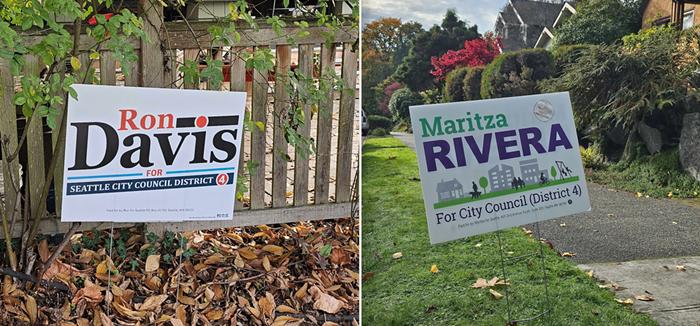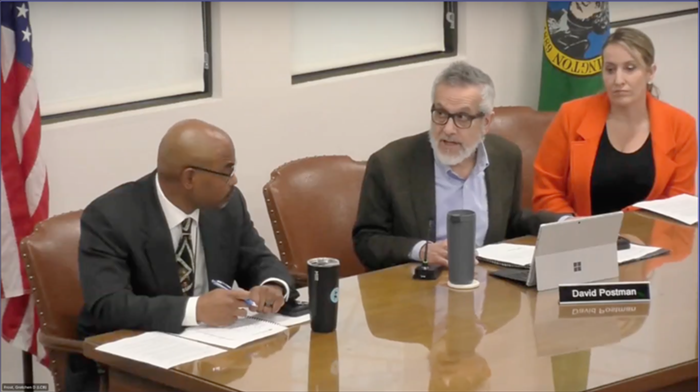Debbie recounts a situation last month when her father-in-law needed medical attention at his home. The Seattle Fire Station is only a few blocks away, but the Highline Fire District and the county sheriff responded. It took nearly 15 minutes for emergency help to arrive. That's because her father-in-law's house is on a chunk of county-owned property stuck inside Seattle.
"If they had had the city truck, it would have taken three minutes," McNeil says.
About two blocks wide and five blocks long, the piece of land, located on the western shore of the Duwamish River, is technically under the control of King County--a situation that causes confusion about police, fire, and utilities. At the least, it's a headache for the residents, who constantly have to define which side of the border they're on.
Dubbed "the sliver by the river," the area is loosely bordered on the southwest by Dallas Avenue South--there's a sidewalk on the city's side of the street and gravel on the county's side. Halfway between the McNeils' two properties, the sidewalk abruptly ends. At times, the residents can't determine the exact boundary.
"It's really quite confusing," McNeil says.
The tiny area runs into a few issues because of their position. Residents either have to pay to tap into the city sewer line or get a septic system, and they pay different taxes than their city counterparts. But they worry more about police and fire protection. When "sliver" folks call 911, not only is the response time slow, but residents often have to debate with a dispatcher about whether they are county or city residents.
"It's an irrational blip on the map," says King County Council Member Dwight Pelz, who represented the area for five years. "It should not be a part of the county; it should be a part of the city."
McNeil knows the history: "The sliver resulted from when the Duwamish was straightened," she says, referring to the 1917 river reconfiguration. "The parts that are in the sliver were in the river." So why didn't Seattle take the new land?
Here's a theory: If Seattle took the land, the city would be responsible for repairs to the South Park Bridge (an estimated $40 million project).
